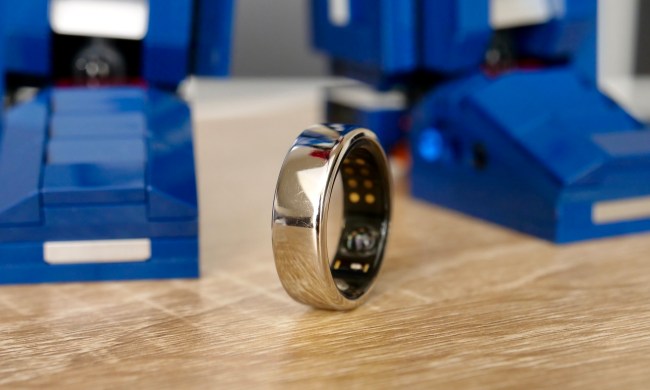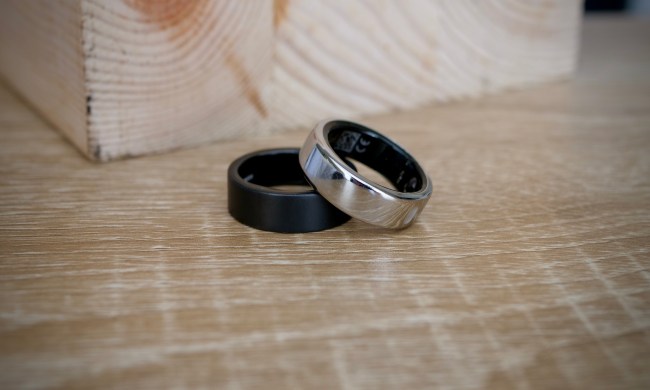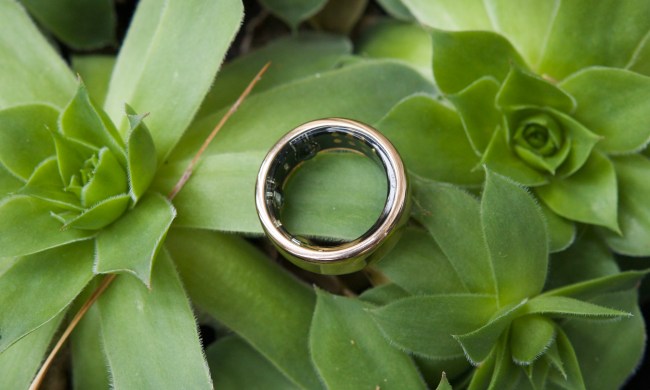Your Oura Ring smart ring now connects to Strava, one of the most popular fitness and sports-focused social networks. It’s the first partnership of its kind for Oura, which until now has only connected with Apple Health and Google Fit, and continues the smart ring’s push to become more attractive to fitness enthusiasts.

Oura Product Manager Brian Gilan said:
“The partnership with Strava provides Oura members with a more comprehensive activity offering and helps us gain a more complete view of our members’ activities, so we can empower them with better insights and recommendations. This also allows Strava athletes to gain a broader view of their health by going beyond performance data to include rest and recovery metrics that they can easily share with their network.”
What can you do? Your Strava activities can be synced across to the Oura Ring, which is then taken into account by the algorithm when it produces your Readiness and Activity scores, two of the three key metrics presented by it on a daily basis. The Oura Ring has recently gained heart rate tracking during workouts as a feature, and activities recorded by the ring can be shared to your Strava timeline, along with your Readiness score.
Currently, activities tracked by Apple Health and Google Fit are imported into Oura’s app, where you can manually choose to add them to your daily overview. Integration with Strava has the potential to help more serious athletes see the Oura Ring as an everyday health tracker, rather than one being mostly focused on sleep. Oura itself has added the ability to record heart rate during a workout, along with the option to manually add a workout complete with information on duration and intensity.
The Strava integration will be available for Android and iOS, and is performed through the Oura app. The Oura Ring itself comes with six months of free access to the Oura app and its data, but after that time you will have to pay a monthly $7 subscription to continue benefiting from its insights. You can read what we think about the third-generation Oura Ring here, and also how life has been with it after wearing the ring for six months here.



